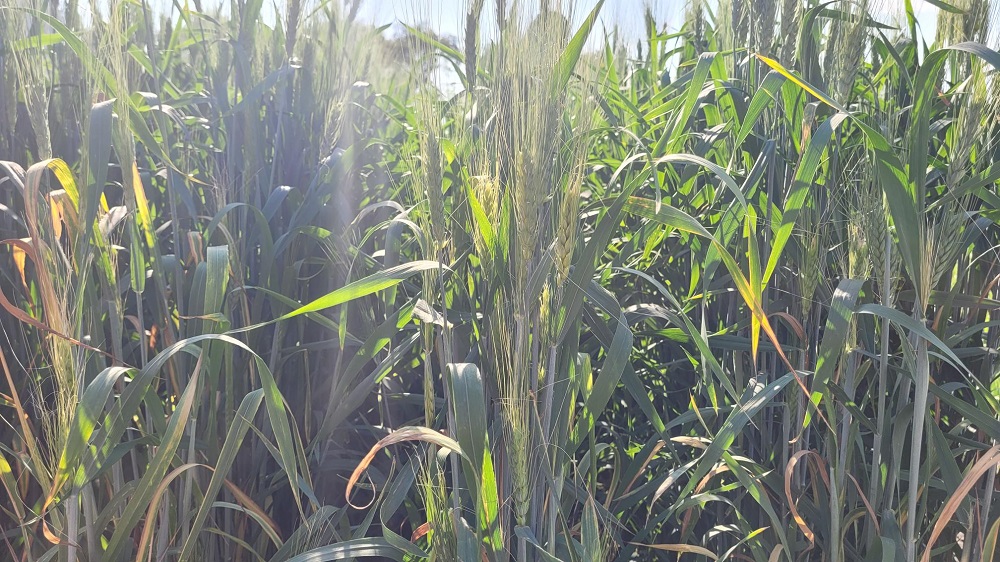Saskatchewan is one of only two provinces to record a decline in realized net farm income, which is the difference between a farmer’s cash receipts and operating expenses, minus depreciation, plus income in kind.
Statistics Canada reports realized net farm income in Saskatchewan was $1.683 billion in 2019, down from $1.994 billion the previous year. The difference is $310.8 million, which works out to a 15.6 percent drop.
Saskatchewan farmers were hit hard by a 9.8 percent reduction in canola prices, which drove revenues down by 7.4 percent, following a 6.5 percent decline in 2018. China imposed trade restrictions against two Canadian companies in March 2019 that impacted canola seed sales to what had been our largest customer. Despite this, canola marketings were 2.7 percent higher as domestic crush reached record highs and lower prices boosted exports to other buyers, such as the European Union and United Arab Emirates.
One bright spot for Saskatchewan farmers was a 22 percent increase in durum sales. Production shortfalls in other countries led to increased export demand for higher quality Canadian durum.
Realized net farm income was higher in most provinces due to the inclusion of cannabis sales in Statistics Canada crop receipts for the first time. Cannabis sales were legalized in the fall of 2018.
Realized net income of Canadian agricultural producers rose for the first time in three years, up 10.4 percent to $4.9 billion in 2019. Alberta (+$425 million), Quebec (+$373 million) and British Columbia (+$102 million) saw the largest increases. Manitoba (-$179 million) was the only other province to record a decline.
National crop receipts were $36.6 billion in 2019, up 3.9 percent from the previous year. The gain was attributable to a $1.7 billion increase in licensed cannabis producer receipts. When you exclude cannabis, crop receipts at the national level would have declined by just over one percent.
Livestock receipts rose 5.1 percent to $26.3 billion in 2019. Hogs had the biggest revenue increase at 11.6 percent. Exports were good last year as African Swine Fever reduced hog populations in Asia. Sales would have been even better if it were not for China suspending imports for five months.
Dairy receipts rose 5.1 percent and revenues from cattle and calf production rose 3.3 percent as exports increased to the United States.
{CJWW}








